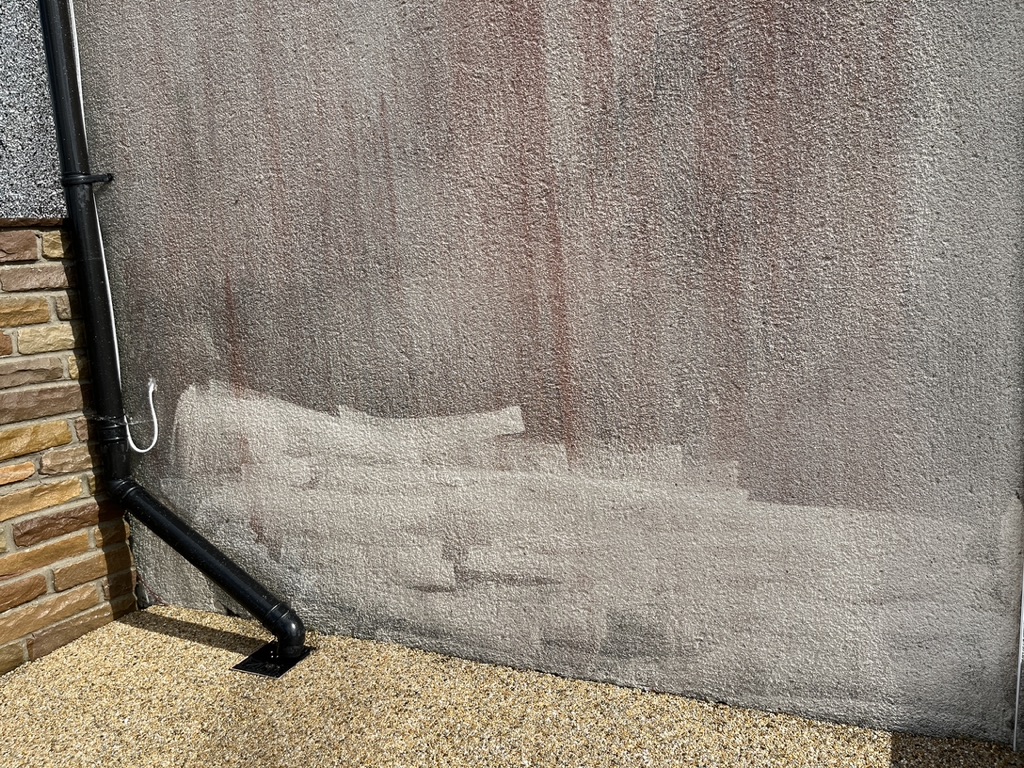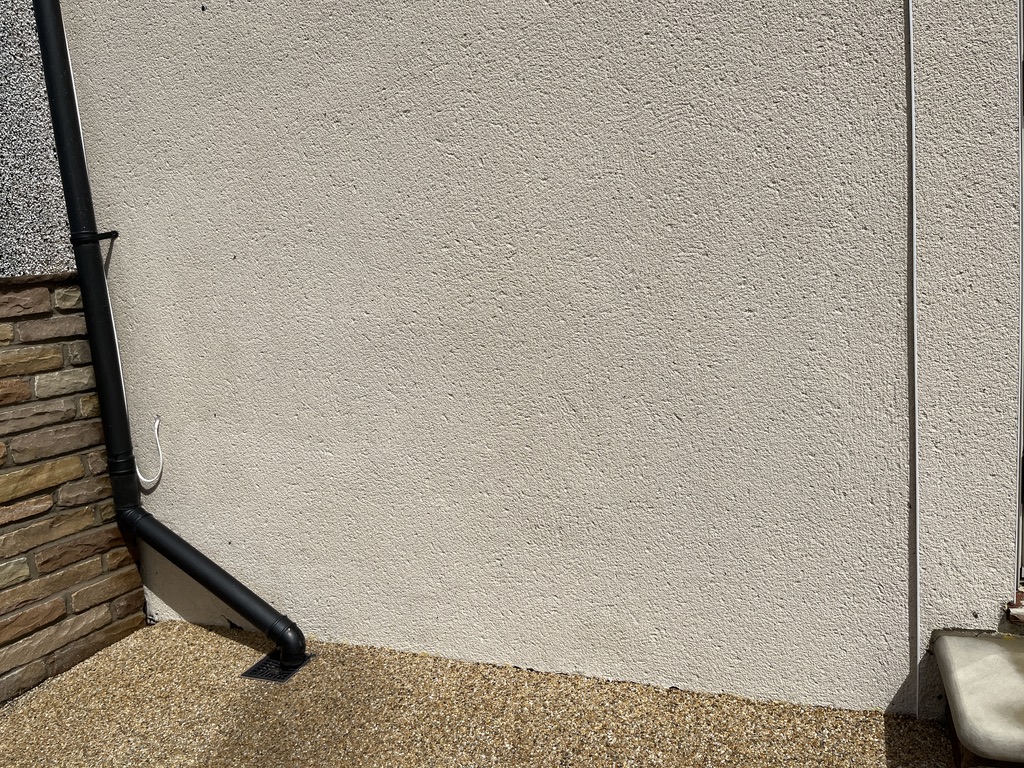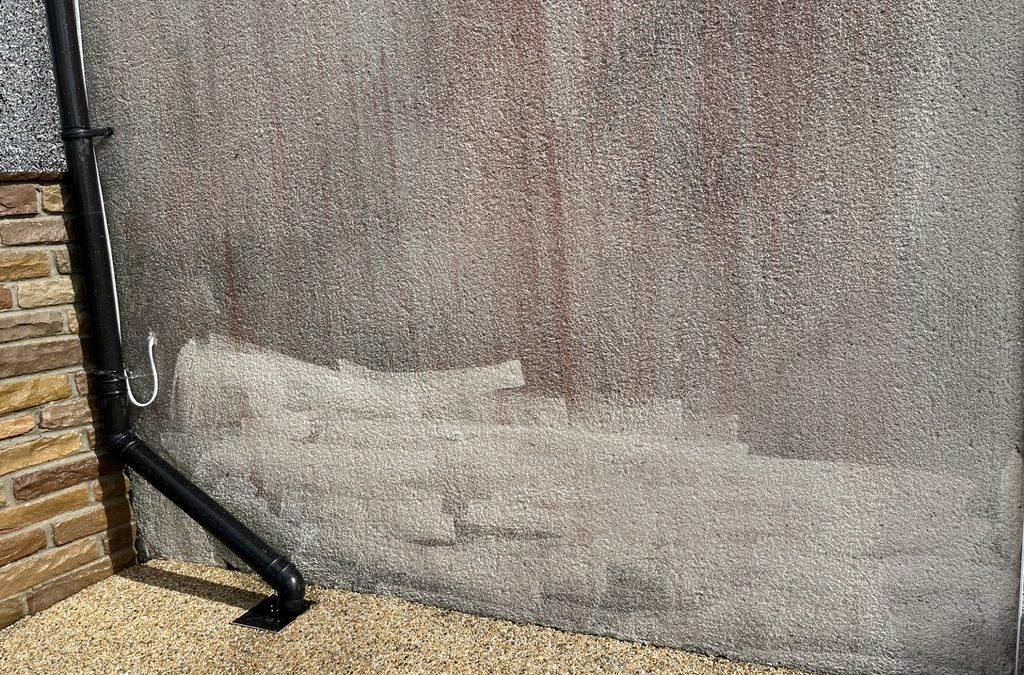K Rend, a popular choice for exterior finishes, offers a visually appealing and durable surface for buildings. However, over time, exposure to the elements can lead to the accumulation of organic matter such as algae, lichen, and moss. While pressure washing might seem like a quick fix to remove these unsightly intruders, it can actually do more harm than good. In this blog post, we’ll delve into the potential damage caused by high-pressure jet washing on K Render and discuss why softwashing is a superior alternative for effective and safe render cleaning.
The Hazards of High-Pressure Jet Washing
Surface Erosion
High-pressure jet washing involves the use of powerful streams of water to remove dirt and grime. However, when applied to K Render, it can strip away not only the organic matter but also the render’s outer layer. This erosion weakens the render’s integrity, making it more susceptible to moisture intrusion, cracks, and other forms of damage.
Water Intrusion
The force of high-pressure jet washing can drive water deep into the tiny crevices of the render. When this trapped moisture freezes and expands, it can lead to cracks and even render detachment from the substrate. These cracks provide an entry point for further water intrusion, potentially causing structural issues and mold growth.
Uneven Cleaning
High-pressure jet washing doesn’t guarantee even cleaning across the entire surface. The force can be concentrated in certain areas, leaving others untouched. This uneven cleaning can result in an unappealing, patchy appearance on the rendered surface.

The Solution: Softwashing
Softwashing is a gentle and effective method of cleaning K Render that avoids the pitfalls associated with high-pressure jet washing. Here’s why it’s the best choice for render cleaning:
Organic Matter Elimination
Softwashing employs a biodegradable cleaning solution specifically designed to kill and remove algae, lichen, moss, and other organic growth. The solution breaks down the organisms at their root, preventing their regrowth without causing harm to the render. Cleaning k Render with this method offers a thorough clean.
Surface Safety
Softwashing uses low-pressure application to evenly distribute the cleaning solution across the entire surface. This approach eliminates the risk of surface erosion and water intrusion that high-pressure jet washing poses.
Environmentally Friendly
Softwashing is eco-friendly as it uses minimal water compared to pressure washing. Additionally, the cleaning solutions are biodegradable, ensuring that the process doesn’t harm surrounding plants, animals, or the ecosystem.
Longer Lasting Results
Softwashing not only removes visible organic growth but also addresses the underlying spores that can cause regrowth. This results in a longer-lasting clean appearance compared to pressure washing. Using softwashing for cleaning k render which achieve better results.

When it comes to cleaning K Render and removing organic matter like algae, lichen, and moss, softwashing emerges as the superior solution. While high-pressure jet washing might seem tempting for its immediate results, its potential for damage to the render far outweighs its benefits. Embracing softwashing not only ensures a thorough and even cleaning process but also maintains the integrity and longevity of your K Render surface. By opting for this gentle yet effective approach, you’re investing in the beauty and durability of your property for years to come.
To receive a quotation for your cleaning K Rend, get in touch today.

